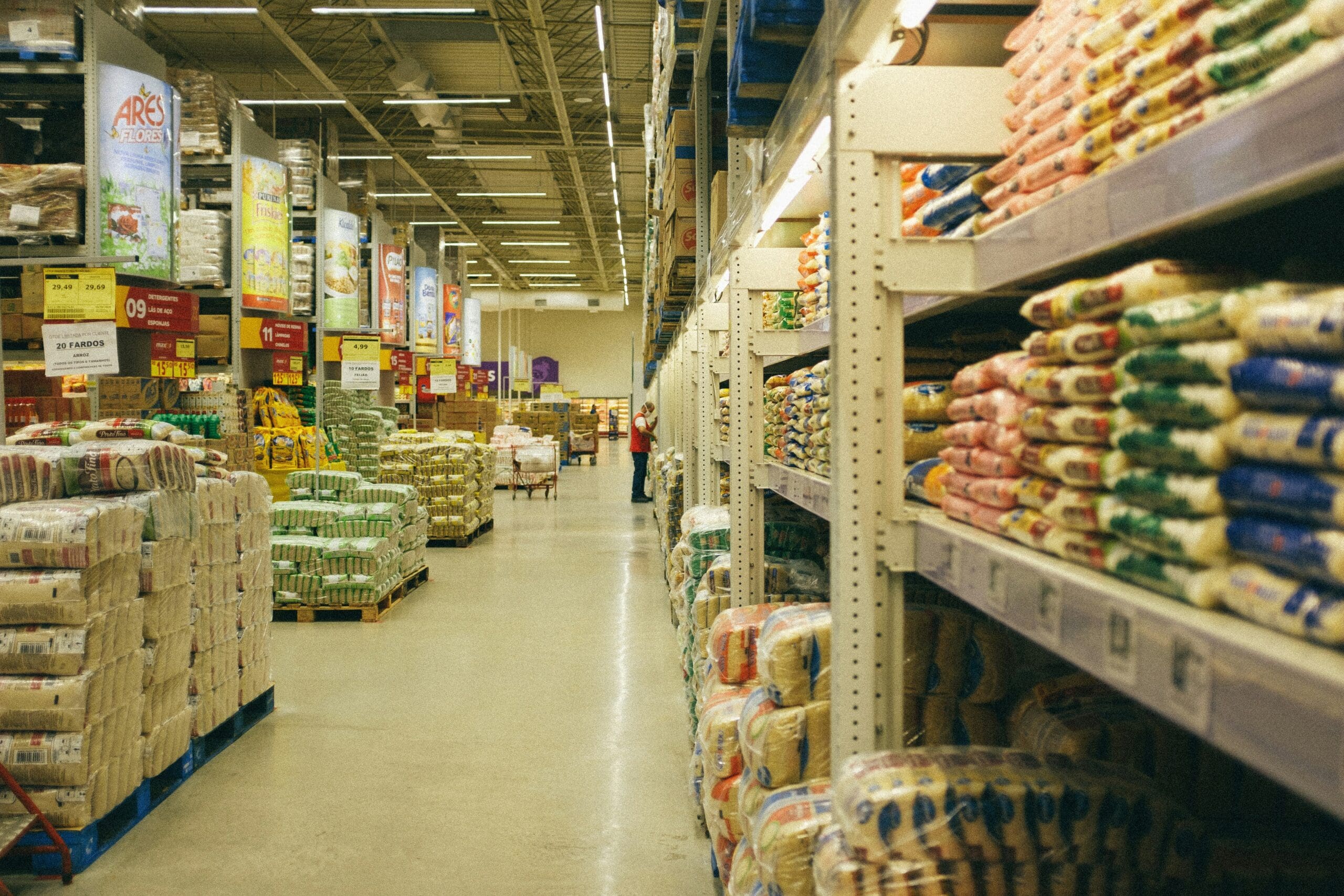South Africans can be a resilient people. Load shedding, civil unrest, the Kolisi divorce; we’ve been through it all. However, we continue to be tested. Coming out of what was a rather bleak festive season for Mzansi, littered with water cuts and surges in food prices, the cost of living crisis doesn’t seem to be going anywhere. Instead, it’s fueling malnutrition.
The Pietermaritzburg Economic Justice and Dignity (PMBEJD) Group tracks 47 supermarkets and 32 butcheries that target the low-income market, particularly women shoppers. It tracks these costs in six key geographical areas, including Johannesburg, Durban and Cape Town.
Their December report reveals that the average cost of a household food basket in this market sat at R5,383.38 at the end of last year. That was R145,18 more than the same time the previous year.
While that may seem like a small change to us, it means cutting out nutritious food for those at the lower end of the economic scale.
That’s why these poorer households are struggling with the “triple burden of malnutrition”: undernutrition, hidden hunger, and obesity due to inadequate diets.
This is where, according to Professor Thokozani Simelane, the principal investigator of the National Food and Nutrition Security Survey conducted by the Human Sciences Research Council, households are struggling with undernutrition, hidden hunger, and overweight or obesity due to inadequate diets.
“When the prices of core foods increase, there is less money to secure other important mostly nutritionally-rich foods, which are essential for health and well-being and strong immune systems,” said the PMBEJD.
The survey, in their October 2024 results, doubles down on this, pointing to cost as a foundational reason for malnutrition. Many low-income households are unable to afford nutritious food, with only 58.1% of surveyed households maintaining acceptable diets.
Malnutrition not only has long-term health effects but greatly influences economic development and growth.
Health minister Dr Aaron Motsoaledi revealed that more than 1,000 children had died of severe acute malnutrition in the past two years in South Africa. Children who survive the woes of malnutrition have their quality of life suffer through child stunting, a huge socioeconomic issue, according to Mervyn Abrahams, a programme coordinator from PMBEJD. Through it, a ripple effect is created, leading to “lower educational output, lower economic development and lower economic productivity.”
SA’s second largest political party, the Democratic Alliance (DA), have called for action in the past from the Government of National Unity (GNU) of which they are part. With John Steenhuisen leading the charge as Minister of Agriculture, perhaps the DA’s stance on affordable groceries could become a defining aspect of their leadership in 2025.
With our newly matriculated youth getting their results today and South Africa’s economy looking up this year, we sure hope the next National Food and Nutrition Security Survey gives us better news.
This article has been edited on 17 January 2025 for clarity and to provide additional context while preserving the original intent and key information of the story. Statistics that we could not independently confirm have been removed.
Kajal holds an MA in Journalism, Media, and Globalisation from the Ludwig Maximillian University of Munich. She has previous experience in African-focused humanitarian media and transnational newsrooms. The enduring power of words in shaping the narrative of tomorrow remains the foundation upon which she builds her career.




